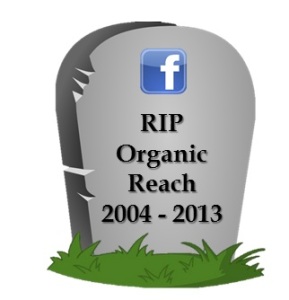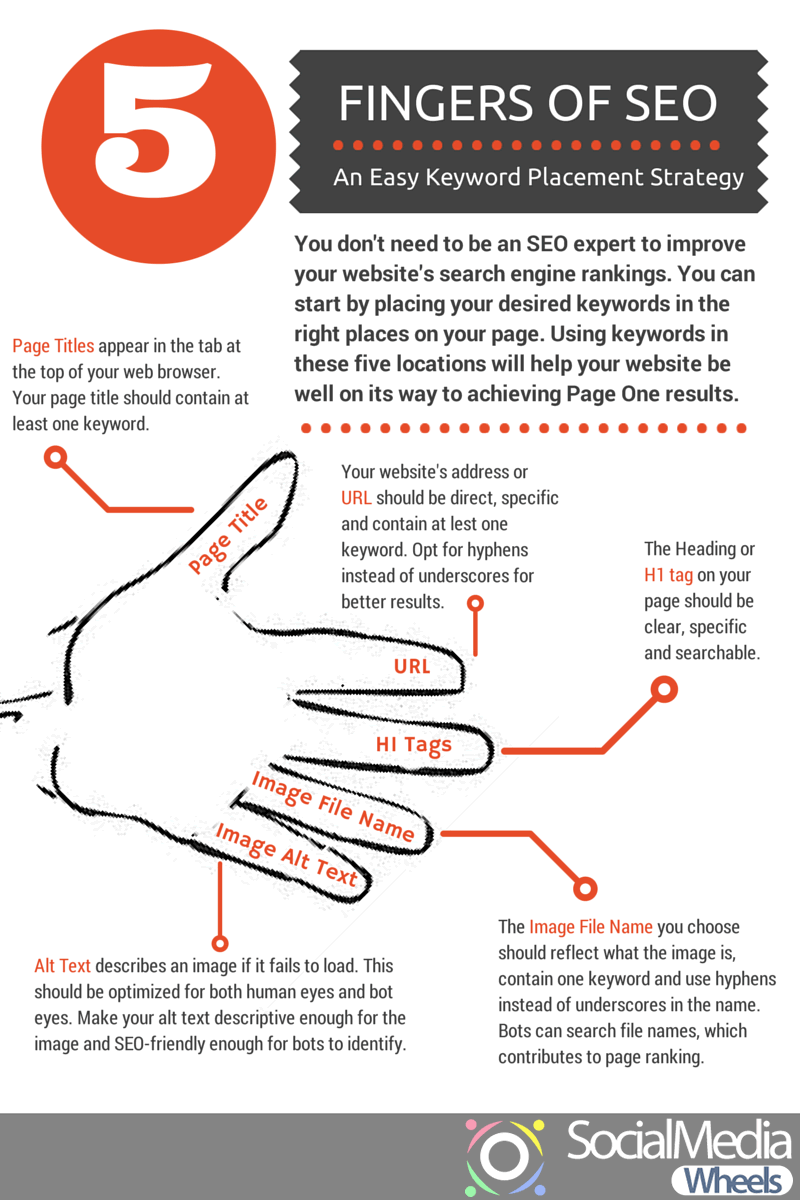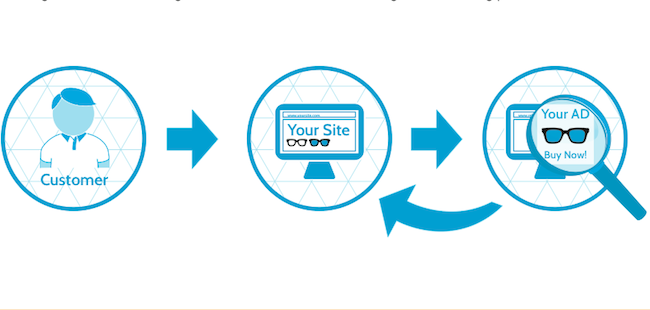Over the past six months to a year, I am continually getting asked by clients, why their organic reach on Facebook has declined to such an extent. However, before answering this question, it is important to clearly define what this infamous “organic reach” actually is. According to Facebook themselves, organic reach refers to, “how many people you can reach for free on Facebook by posting to your Page.” Essentially, how many people will see your post without having to pay for it to be seen.
Why is Organic Reach Declining?
There are two main reasons as to why your organic reach is declining. The first is due to the large volumes of data, images, photos, articles, etc., which are now being shared every second thanks to the phenomenal advancements in technology and smartphones. Today, a video of a cute puppy has the ability to turn viral within seconds and with the simple few swipes of a finger. This results in more and more content being uploaded by the second by Facebook users, with less and less time available for a person to view it. Facebook themselves state,
“on average, there are 1,500 stories that could appear in a person’s News Feed each time they log onto Facebook. For people with lots of friends and Page likes, as many as 15,000 potential stories could appear any time they log on”.
Put very simply, this means that the competition to appear on News Feed i increasing and as a result of that, it is becoming progressively difficult to gain exposure in News Feed. When this is taken into consideration with the total number of Pages liked by any one Facebook user, competition to appear in News Feeds rises yet again!
The second reason for the decline in Facebook organic reach is due to Facebook changing how their algorithm works. Instead of showing all users all information, News Feed is evolving to show users the content which Facebook firstly deem to be of high quality and secondly, the content which will be of most interest and relevant to their users. So instead of Facebook showing each user 1,500+ stories every time they look at their News Feed, a user will be displayed approximately 300. These 300 stories are chosen for display as each story is ranked by News Feed as being of more or less important by looking at thousands of factors relevant to each unique Facebook user, such as their hobbies, interests, online habits, etc. For example, most times when I look at my personal Facebook News Feed, I see many stories and adverts relating to digital marketing and website design as these are my main areas of interest and I regularly read articles and Like pages related to these topics. A person, who has an interest in cooking and is a coeliac, may be shown lots of gluten free adverts and stories.
Why Not Let Each Person Decide What They Want to See and Show Everything?
Facebook have stated that they reason they do not do this is because,
“In our tests, we’ve always found that the News Feed ranking system offers people a better, more engaging experience on Facebook. Additionally, given the amount of content in the average News Feed, using a real-time system for content would actually cause Pages’ organic reach to decrease further”.
Okay, So How Should I Use Facebook?
Pages who publish great content and which reaches out to people in ways which entertains them, adds value to their lives, teaches them, entertains them or directs them can still benefit from organic reach. However, when developing any marketing plan, it is critically important to determine what your objectives are. For example, do you hope to increase your brand awareness, or are you trying to drive more traffic through to your e-Commerce website to create more sales? The same theory must be applied when developing Facebook adverts. Do not become a victim of vanity Likes. It may be all well and good to have a page with 5000 Likes and you probably put a lot of time and money into getting those Likes. Unfortunately, if you did not target your ads at your specific target market, chances are you will not convert those Likes into paying customers. Targeting an ad at a specific demographic group may take more time and possibly more money, but it could be up to 5 times more profitable in the end. Put it this way – if you were a butchers, chances are you would not put an advert for your family meal deal range in a vegetarian magazine. The same rules apply to Facebook marketing. Know your audience and target them. A targeted audience is also more likely to become brand advocates of your business and your social organic reach will likely increase, as will your traditional word-of-mouth advertising.
Can I succeed on Facebook?
If history is anything to go by, then yes, you most certainly can. Below, are three business – a charity, a multinational and a once start-up entrepreneur based in Galway, Ireland. Check out their stories for some “Facebookspiration”, on how to grow your business. While reading about them, ask yourself what your business objectives are and how best Facebook can help you to meet those needs.
Cystic Fibrosis Ireland (CFI) was founded in 1963 by parents of children and young adults with Cystic Fibrosis in Ireland. The main business objective of CFI on Facebook is to build an online community. This volunteer group use Facebook as a means of sharing information regarding their organisation and the illness to members and the public in general. This page is a critical component of their fundraising events. They have on average a post reach average of 11,500 per week.
Cadbury’s objective was to reach out to 16-24 year olds who purchase single Crème Eggs. As this persona group over-indexes on Facebook and under-indexes on TV. This campaign proved highly successful for Cadburys as they reached an incredible 15 million unique people, with 21% of people reached on Facebook not reached on TV!
Pat Divilly Fitness– Galway, Ireland. Pat Divilly’s vision was to grow his business and brand using Facebook as his primary advertising method. He now has over 104,000 Facebook Likes, 1 book which entered into the Irish best-seller book list with another due to be published in October 2014. A reoccurring fitness and nutrition spot on RTE television and radio (Ireland’s national TV station). A DVD to be launched soon plus regular slots on Ireland Am and working with Facebook HQ as well as a couple of thousand many happy and repeat customers.
The trick to maintaining and growing your organic reach to view your fans as people and not just likes, as well as having engaging content and not just continuous sales pitches. Advertise frequently and relevantly. Set your objectives and measure your results and ROI weekly, if not daily. You can and will succeed with Facebook and your reach can be maintained or increased if you work at it.








